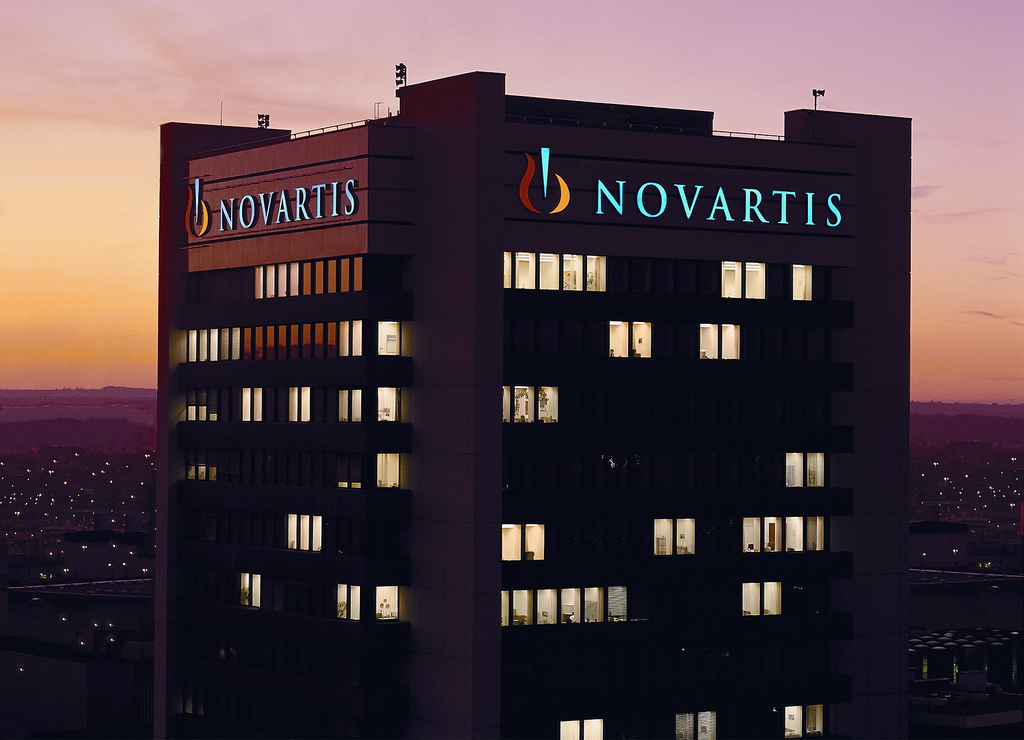
The CAR T-cell space is one of the hottest spaces in biotech, and probably the most important space in oncology, at present. A number of companies, including Juno Therapeutics Inc. (NASDAQ:JUNO), Cellectis S.A. (NASDAQ:CLLS) and Celgene Corporation (NASDAQ:CELG) are pushing candidates through the clinical development process, but none is as advanced as Novartis AG’s (NYSE:NVS) lead CAR T offering – CTL019. The company just released an update on a ongoing phase II, investigating the efficacy of the drug in a non-Hodgkin’s lymphoma indication. So, what did the update reveal, and has Novartis managed to maintain its advantage in the space? Let’s take a look.
First then. Let’s run through the science. CAR T stands for chimeric antigen receptor T-cells. T cells are a type of white blood calls that differentiate from other types of white blood cells by expressing receptors on their surface. These receptors are responsible for recognizing antigens (on the surface of infector cells) and signaling an immune response that kills the cells. In CAR T therapy, physicians extract T cells from a patient and use a viral vector (just a biological delivery method) to introduce CAR DNA. This primes the cell for attack by “training” them to recognize tumor cells, and in doing so, is theoretically a highly selective, targeted method of killing cancer cells.
So what did the latest Novartis issue tell us about the potential future of this therapy? Well, primarily, they look to reinforce its potential. The trial is pretty small, with just 26 patients tested (15 diffuse large B-cell lymphoma (DLBCL), and 11 follicular lymphoma patients) but should easily be enough to carry forward to phase III if the company can demonstrate efficacy. Of the DLBCL patients trialled, 47% saw a reduction in cancer across a three-month period, while of the follicular subgroup, 73% saw a reduction. Non Hodgkin’s is notoriously difficult to treat, and the Novartis trial is investigating efficacy in patients that have not responded to other treatments. This sets the bar pretty low for meeting the endpoint of the trial – overall response at a statistically significant level.
So with the latest update, what can we expect from Novartis going forward? Further, is this a good time to pick up an exposure to the CAR T space? Well, the data keeps the company on track for a 2017 commercialization target – a target that relies on an NDA submission earlier in the same year. The company has suggested a list price of up to $450,000 per treatment, justifying the high price through by highlighting the first-to-market element of its campaign. DLBCL, which will be the target indication on approval, causes more than 10,000 deaths each year, and about 25,000 new cases arise in the US annually. If Novartis can capture just 20% of the new diagnosis market, CTL019 would be generating $2.2 billion at its suggested list price. Further, the competing therapies (those being trialed by the aforementioned Juno, Cellectis and Celgene) aren’t set to hit markets before 2020, meaning Novartis could enjoy three years plus of exclusivity in the space. With an effective commercialization strategy in DLBCL, and an expansive strategy in the clinic that sees CTL019 target further oncological indications, the drug could easily generate $5billion plus revenues. Novartis generates circa $50 billion revenues annually, but has a bunch of drug with patent expiries coming up over the next few years, so at these levels CTL019 is going to be a big revenues driver for the company going forward if approved.
Finally, lets talk about milestones. The closing of the current trial is an obvious near term catalyst. We can expect results early next year, and from these results, we can infer the likelihood of approval. The latest results mirror those reported at the end the phase I for the same indication, so we should expect a similar mirroring to be enough to form the basis of an NDA (assuming an expedited development process). After that, an NDA acceptance and the accompanying setting of a PDUFA date will translate to strength. For those looking for some collateral exposure, and in turn, some diversification to CAR T as a whole, each of these events will likely also boost the market capitalizations of Juno and Celgene.




